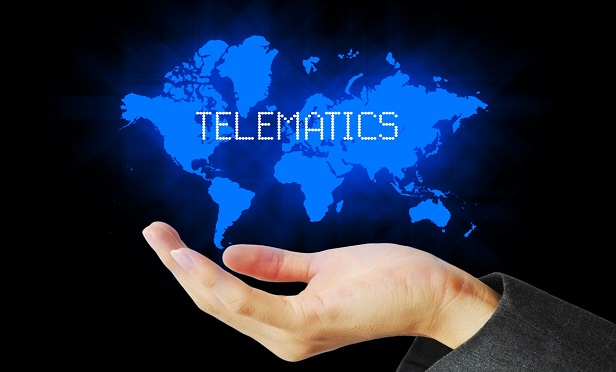 There's likely much to be gained by policyholders having insurers as a 'back seat driver' if it helps avoid accidents and save lives as well as money. (Shutterstock)
There's likely much to be gained by policyholders having insurers as a 'back seat driver' if it helps avoid accidents and save lives as well as money. (Shutterstock)
Could telematic data mining turn out to be a regulatory minefield for insurers collecting information on policyholders in real time?
Recommended For You
Want to continue reading?
Become a Free PropertyCasualty360 Digital Reader
Your access to unlimited PropertyCasualty360 content isn’t changing.
Once you are an ALM digital member, you’ll receive:
- Breaking insurance news and analysis, on-site and via our newsletters and custom alerts
- Weekly Insurance Speak podcast featuring exclusive interviews with industry leaders
- Educational webcasts, white papers, and ebooks from industry thought leaders
- Critical converage of the employee benefits and financial advisory markets on our other ALM sites, BenefitsPRO and ThinkAdvisor
Already have an account? Sign In Now
© Touchpoint Markets, All Rights Reserved. Request academic re-use from www.copyright.com. All other uses, submit a request to [email protected]. For more inforrmation visit Asset & Logo Licensing.







